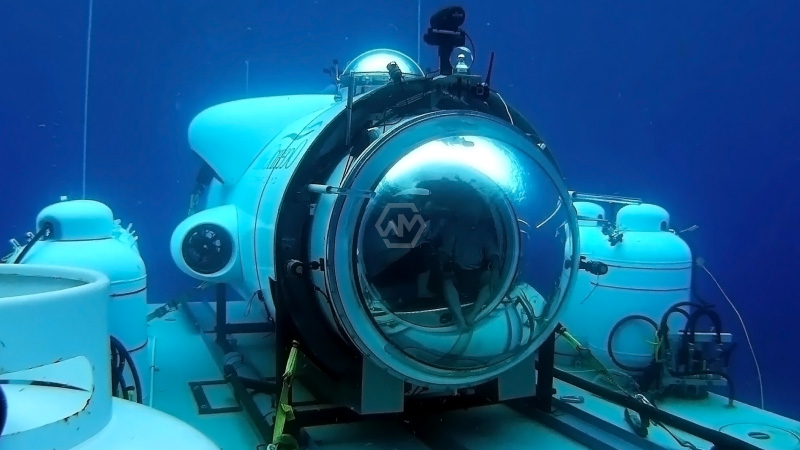Five persons were discovered to have perished in a catastrophic implosion on board the Titan submarine, which vanished on Sunday, according to OceanGate, the dive firm. Stockton Rush, Shahzada Dawood, Suleman, Hamish Harding, and Paul-Henry Nargeolet, a 77-year-old explorer and former diver in the French navy, were the five people on board the submarine.
The Titan submarine, in the opinion of the US Coast Guard, is among the debris. After the Titan vanished, teams from the US, Canada, the UK, and France joined the extensive international search. The actions of the rescue teams and their families were acknowledged by OceanGate.
Five People Died on Titan
Hamish Harding was a passionate explorer who lived his life for his family, his business, and the next adventure, according to his family, who called him “one of a kind” and said he was “one of a kind.” The Dawood family extended gratitude to the rescue teams and thanked them for their love and support. The Dawood family praised the rescue team members and the group for their efforts.
A remote-controlled underwater search vehicle (ROV) spotted the wreckage, and various components, including a tail cone, were found that allowed authorities to determine they were from the Titan.
- Five people die in Titan submarine’s catastrophic implosion, OceanGate reports.
- Hamish Harding, a passionate explorer, who dedicated his life to family, business, and adventure, praised rescue teams.
- Experts suggest examining the wreckage, and carbon fiber, to identify the cause of the accident.
The inquiry into what occurred is ongoing, but over the next 24 hours, search personnel, including medical professionals and technicians, will be returned home.
According to experts, collecting and examining the wreckage, notably the carbon fiber that made up the main hull, may help to identify what caused the accident. The submersible would have been compressed by extremely high pressures, equal to the weight of the Eiffel Tower, in the event of a catastrophic breakdown of the main housing.
The Coast Guard currently holds that there was no correlation between the noises and the spot on the ocean floor where the debris was discovered.



